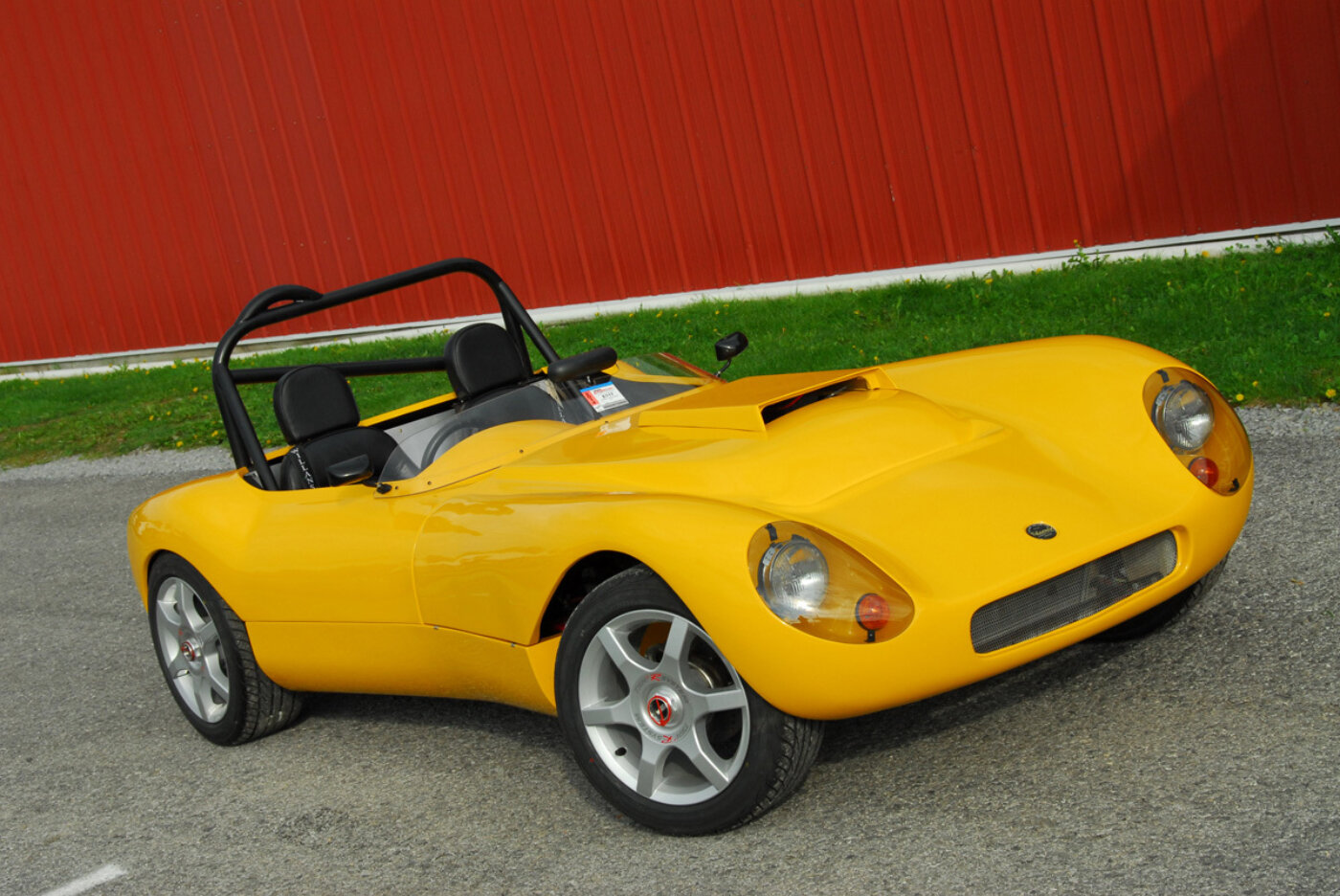
Raw Engineering Pheonix
As Told by Bob MacDonald
The Phoenix is one of a dozen cars developed by famed Sylva designer, Jeremy Phillips. Back in 2003, Stuart Taylor Motorsports had the rights to produce it. At the time, the company was pioneering the use of motorcycle power and independent rear suspension in Locost roadsters. A gentleman from northeast Ohio named Don Serwatka was impressed by what this firm was doing, and entered an agreement with Taylor to import and sell its cars in the U.S., right about the time they were turning out the first Phoenix kits.
In the second shipment of kits to the U.S., two Phoenix kits were included. One, painted blue, was earmarked as a road-race car, which I would drive for marketing, promotion and development. The other (the yellow one shown here) was earmarked as Don’s personal car which he intended to street and autocross.
We raced the blue Phoenix from 2004 to 2007 in several 12- and 24-hour endurance races and a variety of sprint races in SCCA Super Production (SPU). The car had a good record with six overall wins, 11 class wins and one second-place finish out of 12 races.
After working out some suspension issues in the first year, it was always reliable and a ton of fun to drive. Our best laps at Nelson Ledges (a two-mile road course in Northeast Ohio) were 1:14s, and it was easy to turn 1:15s and 1:16s, approximately 94 mph average, all race long.
With the Kawasaki ZX-9 engine and transmission putting out about 140 hp, and the car weighing in at about 1150 pounds, it was exceptionally nimble and quick— 0 to 60 mph happens in about four seconds! Top speed is around 130 mph and acceleration is strong through the gears to the 12,000 rpm redline.
When Don was diagnosed with a terminal illness, I bought him out of the yellow Phoenix, which was still an unassembled kit. Since then I have finished the car with the help of a number of talented friends. Because it was a brand new chassis that had never been assembled, we wanted it to be a top-quality build.
We re-plumbed the brake system with Tilton race components, including dual master cylinders with remote reservoirs and a balance beam. All brake tubing is new and the brake lines to the calipers are steel braided.
We pulled out the donor wiring harness and replaced all of it with a system from It’s a Snap wiring. To complement the SPA tach, we went to Speedhut for a set of custom gauges including GPS speedo/odometer, fuel gauge, water temperature, oil pressure and volts. We connected momentary switches on the steering wheel to the turn signals using a Backoff timer to shut them off.
Continuing in Stuart Taylor tradition, the bike’s power is routed through its six-speed sequential shifter to a drive shaft that connects to a limited-slip rear differential from a Ford Sierra. The independent rear suspension uses Sierra half shafts and uprights, held in place by upper and lower control arms that are from the Phillips chassis design. Front spindles are from Ford Sierra donors, as are the disc brakes at all four corners.
Front suspension uses an A-frame at the bottom and rocker arm at the top. All four corners have single adjustable AVO shocks with threaded perches and Eibach springs. Suspension tuning is very flexible for ride height, rake, caster, camber and toe, providing a great range of tuning options.
The six-spoke aluminum wheels are by TSW and feature faux knockoffs complete with red safety clips. This car has 195/50-R15 V speed-rated Yokohama S.drive tires. Being a racer, the finishing details include an Optima battery, Afco aluminum racing radiator, Carbotech brake pads, and a beautiful ATL fuel filler.
We wanted to be true to Don’s vision of this as a street/autocross/hill-climb car, so it has padded seats with four-point Willans harnesses for both driver and passenger. The factory roll bar is integral to the chassis design. In British tradition, the driver sits on the right side of the car, but the shifter is in the right hand, integrated into the side pod. In addition to street-appropriate lights and turn signals, we placed a high center-mounted brake light on the roll bar.
The original U.S. Phoenix race car was destroyed, T-boned during its last endurance race. Stuart Taylor has sold the rights to build kits based on this design, and they are now in the hands of Raw Engineering in the UK. Currently, the yellow car pictured here is said to be the only official one stateside. But that all might change as this fiery Phoenix rises yet again.

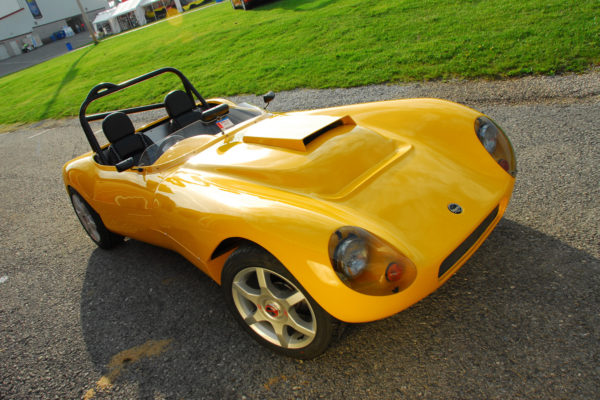
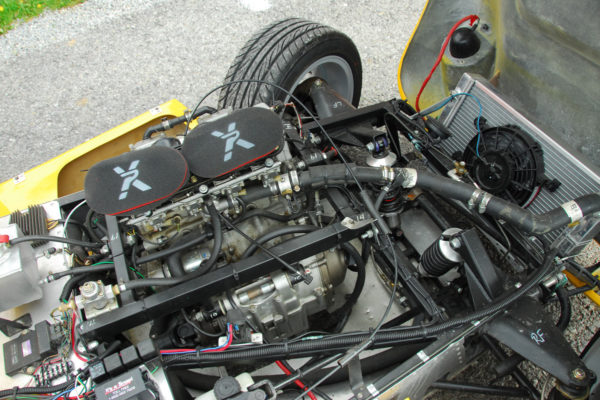
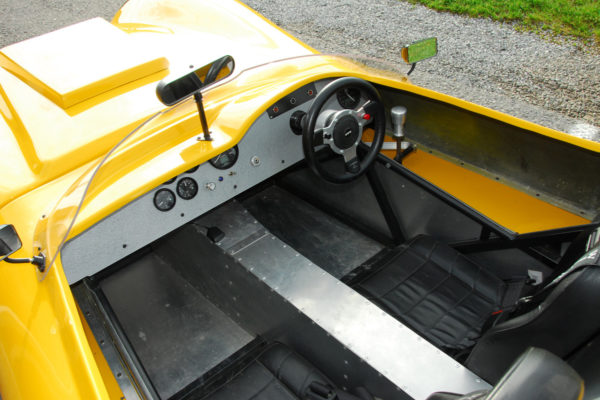
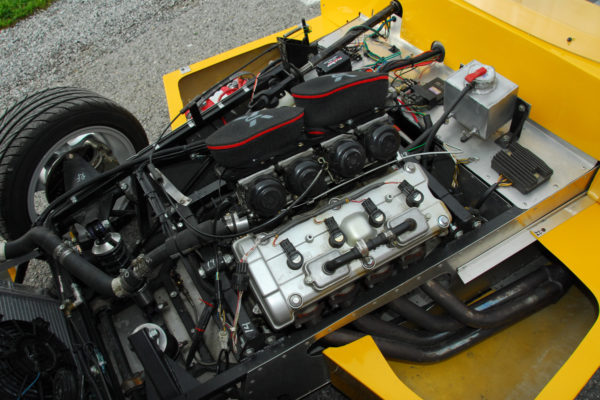
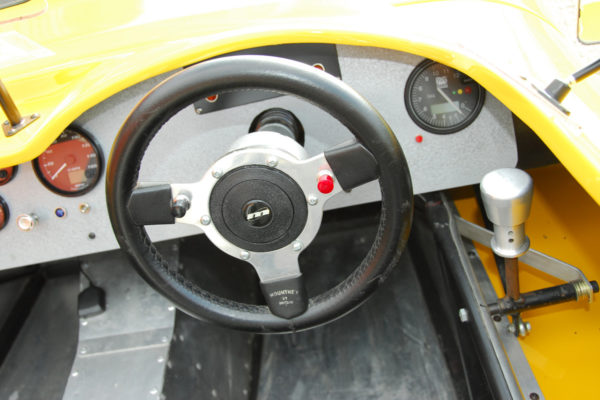
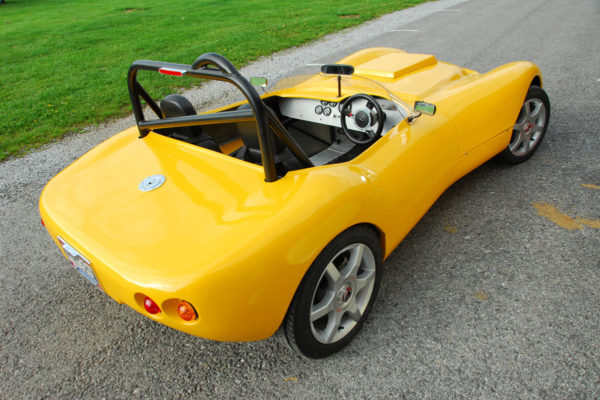
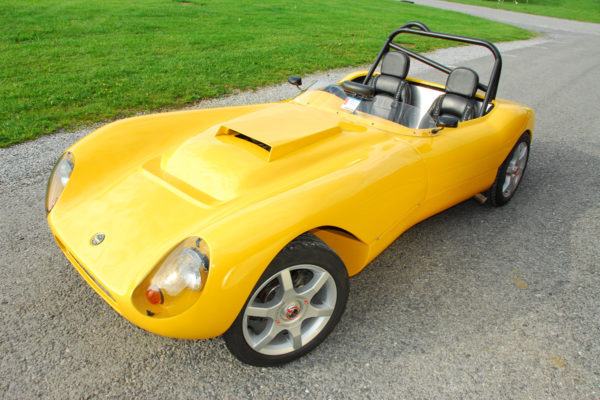
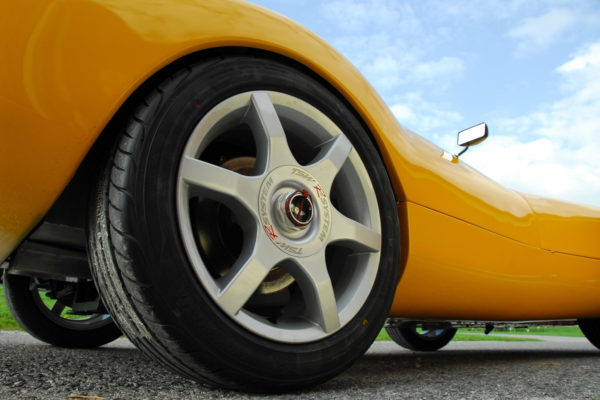
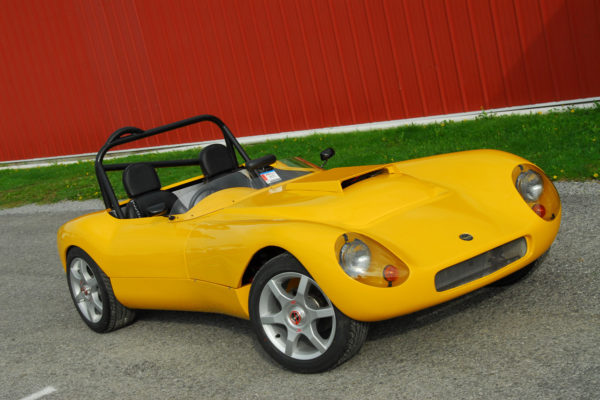




Comments for: FIERY BIRD
comments powered by Disqus